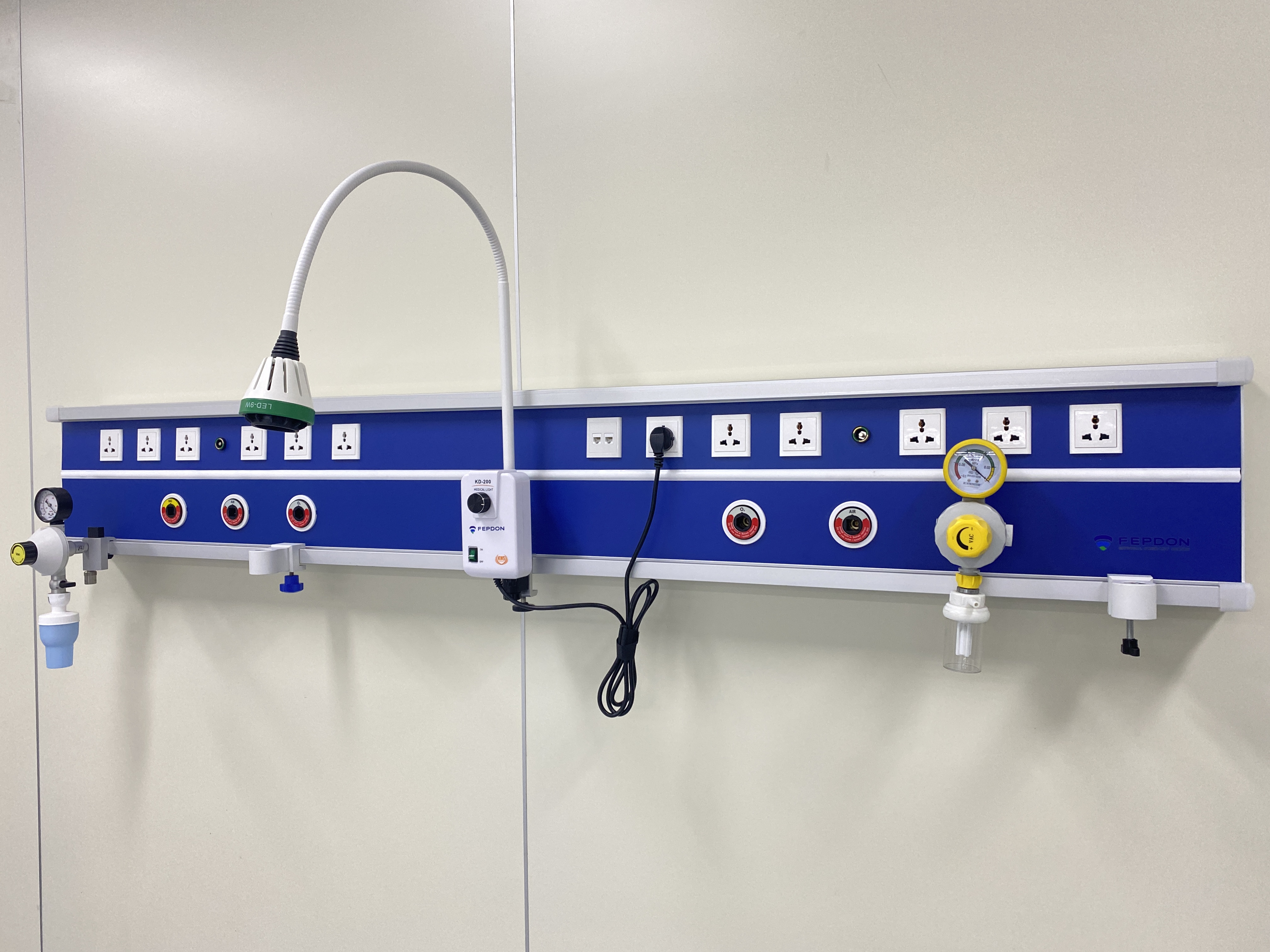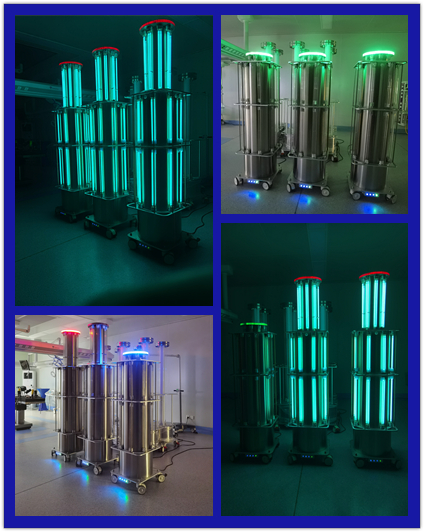The basic conditions for medical equipment to continuously improve the level of medical science and technology is also an important symbol of the degree of modernization. Medical equipment has become an important field of modern medical care.The development of medical care largely depends on the development of instruments, and even in the development of the medical industry, its breakthrough bottleneck also plays a decisive role.Medical equipment refers to the instruments, equipment, appliances, materials, or other articles used alone or in combination in the human body, also including the software required.The therapeutic effect of the human body surface and the body is not obtained through pharmacological, immunology or metabolic means, but the medical device products play a certain auxiliary role.During the period of use, it aims to achieve the following intended objectives: prevention, diagnosis, treatment, monitoring, remission of disease; diagnosis, treatment, monitoring, remission and compensation of injury or disability; research, replacement and adjustment of anatomical or physiological processes; and pregnancy control.
Classification of Medical Devices
There are three types of classifications that are more advocated for medical equipment, namely, diagnostic equipment, therapeutic equipment, and auxiliary equipment.
1. Diagnostic equipment can be divided into eight categories: X-ray diagnostic equipment, ultrasonic diagnostic equipment, functional inspection equipment, endoscopy equipment, nuclear medicine equipment, laboratory diagnostic equipment and pathological diagnostic equipment.
2. Therapeutic equipment can be divided into 10 categories: ward nursing equipment (patient beds, carts, oxygen cylinders, gastric lavage machines, needle-free syringes, etc.); surgical equipment (operating beds, lighting equipment, surgical instruments and various tables and racks) , Stools, cabinets, including microsurgery equipment); radiotherapy equipment (contact therapy machine, shallow therapy machine, deep therapy machine, accelerator, 60 cobalt therapy machine, radium or 137 cesium intracavitary therapy and after-installation device therapy, etc. ); Nuclear medicine treatment equipment-treatment methods include internal radiation treatment, application treatment and colloid treatment; physical and chemical equipment (in general, it can be divided into four categories: phototherapy business, electrotherapy equipment, ultrasound treatment and sulfur therapy equipment); laser equipment— Medical laser generator (commonly used are ruby laser, helium-neon laser, carbon dioxide laser, argon ion laser and YAG laser, etc.); dialysis treatment equipment (commonly used artificial kidneys include flat-type artificial kidneys and tubular artificial kidneys); Body temperature freezing equipment (semiconductor cold knife, gas cold knife, solid cold knife, etc.); first aid equipment (cardiac defibrillation and pacing equipment, artificial ventilator, ultrasonic atomizer, etc.); other treatment equipment (hyperbaric oxygen chamber, ophthalmology high Frequency electric chromium, electromagnetic iron absorber, vitreous cutter, blood separator, etc.). These all belong to the special treatment equipment for each department, if necessary, they can be divided into a separate category.
3. Auxiliary equipment can be divided into the following categories: disinfection and sterilization equipment, refrigeration equipment, central suction and oxygen supply system, air conditioning equipment, pharmaceutical machinery equipment, blood bank equipment, medical data processing equipment, medical video and photography equipment, etc.
Functions
Medical equipment is an important symbol of the degree of modernization, the most basic element of medical treatment, scientific research, teaching and research, and teaching, and it is also the basic condition for continuously improving the level of medical science and technology. The development of clinical disciplines depends to a large extent on the development of instruments, and even plays a decisive role. Therefore, medical equipment has become an important field of modern medicine. Medical equipment refers to instruments, equipment, appliances, materials, or other items used on the human body alone or in combination, including the required software; its effects on the surface and the body of the human body are not obtained by pharmacological, immunological or metabolic means, but These means may participate and play a certain auxiliary role; their use is intended to achieve the following expected purposes:
(1) Prevention, diagnosis, treatment, monitoring and alleviation of diseases;
Professional medical equipment
(2) Diagnosis, treatment, monitoring, mitigation, and compensation for injury or disability;
(3) Research, substitution, and adjustment of anatomical or physiological processes;
(4) Pregnancy control.
Characteristics
Medical equipment in a broad sense includes medical equipment and household medical equipment, while professional medical equipment does not include household medical equipment. It can be seen that while they are closely related, they are also an inclusive relationship, and the subtle differences are not difficult to see.
The repair and maintenance of large-scale medical equipment, equipment installation and equipment scrapping are one of the main tasks of the equipment department in the hospital. It is directly related to the safety of the use of equipment, the effectiveness of the inspection and testing of clinical medical equipment, and the Collaboration and continuity of medical work throughout the hospital. The basic point of the development and design of the system is how the equipment department uses limited manpower, material resources and limited resources. It is very important to ensure the normal utilization rate of equipment in consideration of cost-effectiveness to achieve a higher degree of autonomous maintenance. Subject.
Based on the specificity of medical equipment maintenance, this article uses digital bar code coding and equipment self-numbering to build files for repairing and repairing equipment, and comprehensive computer statistics on equipment repair, maintenance, installation, and equipment obsolescence data.
System design goals
The following describes the system from several characteristics of the system, focusing on providing a development idea, rather than a simple system.
Intelligent
A large-scale hospital equipment maintenance management system should not simply repeat manual procedures, it should be a program with intelligent characteristics. This system contains several EOQ modules, specially set up equipment maintenance alarm reminder. When a piece of equipment to be repaired is sent to the equipment section for maintenance, the computer will automatically remind it (according to the expiration date of the equipment to be repaired) because the maintenance engineer has not repaired it in time. The alarm is divided into three levels (and audible and visual alarms). Normally, when the system is in the login interface, it adopts the server module type, and checks it every once in a while. If the repaired equipment needs to be repaired, the system will use sound and light alarms on the operation interface to promptly remind the engineer to repair.
The system provides modules for equipment classification, equipment management, spare parts management, information management, report output and statistical analysis, which can perform statistical analysis on various maintenance work indicators, and display the statistical analysis results in the form of tables. Such as the maintenance statistics of maintenance equipment, the number of equipment submitted for inspection, the repair rate of equipment maintenance, the return rate of equipment maintenance and the statistics of component inventory, and the analysis of equipment scrap factor.
For data integrity and security, we use code to implement automatic database backup and recovery functions, and system administrators can also manually back up and restore data. Another technology is a strict authorization mechanism, where the administrator assigns different management permissions according to the different responsibilities of the engineer operator.
stability
The computer system adopts Windows XP Advanced Server, and through background data collection, it provides engineers with a high-performance client and server platform. The data processing method using this system is quite simple. It can process various display formats and print data reports. Complicated data and reports can be processed freely.
Post time: Dec-20-2021





